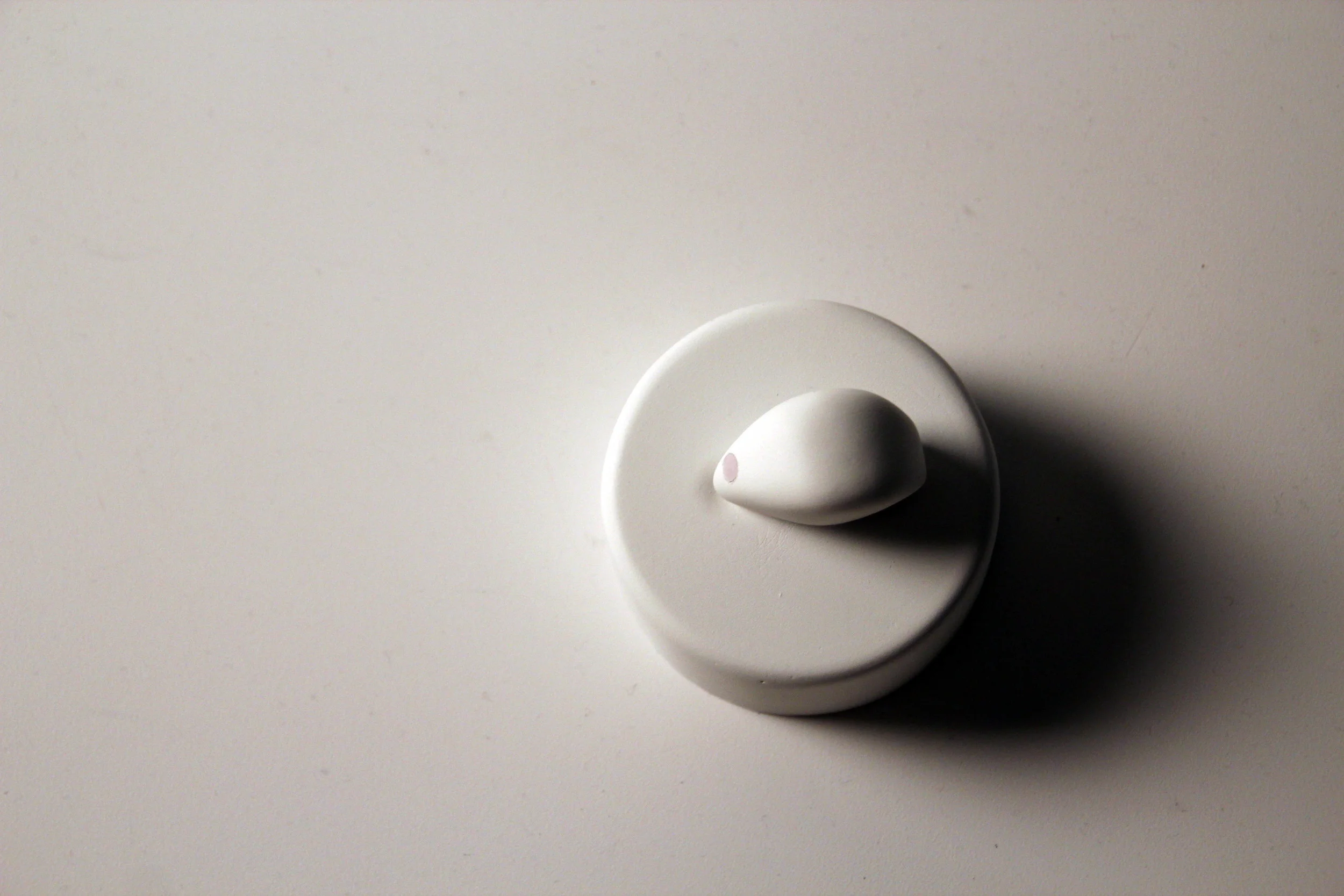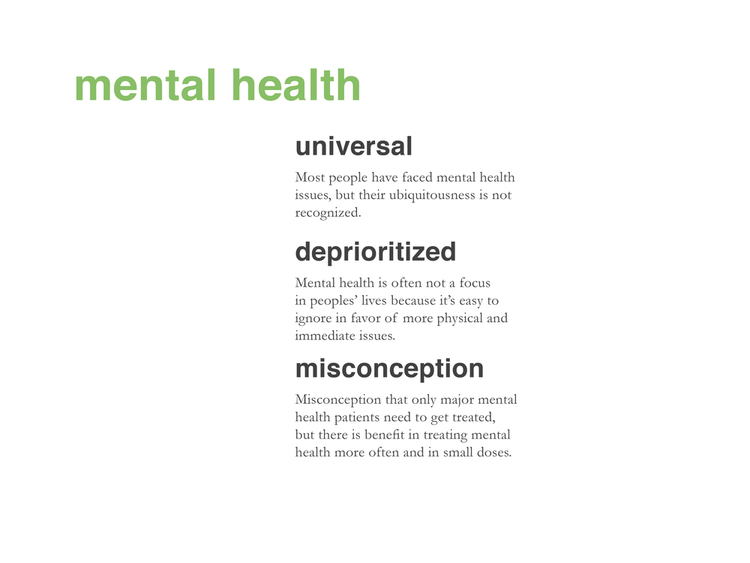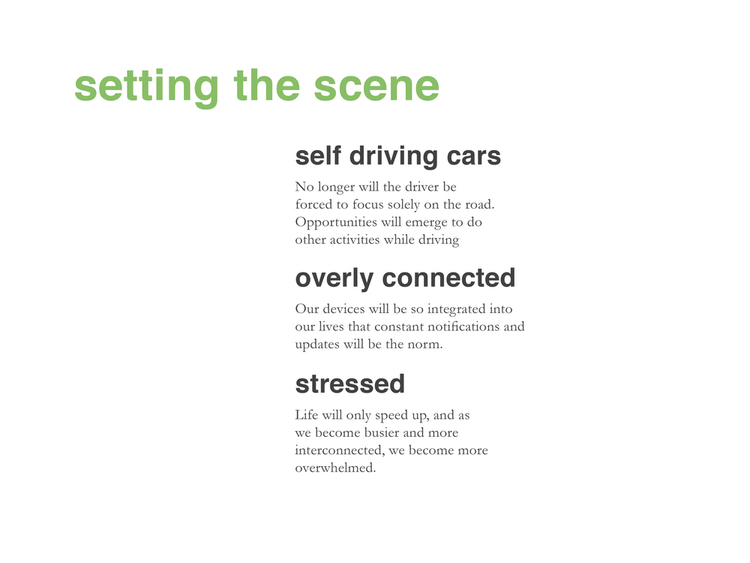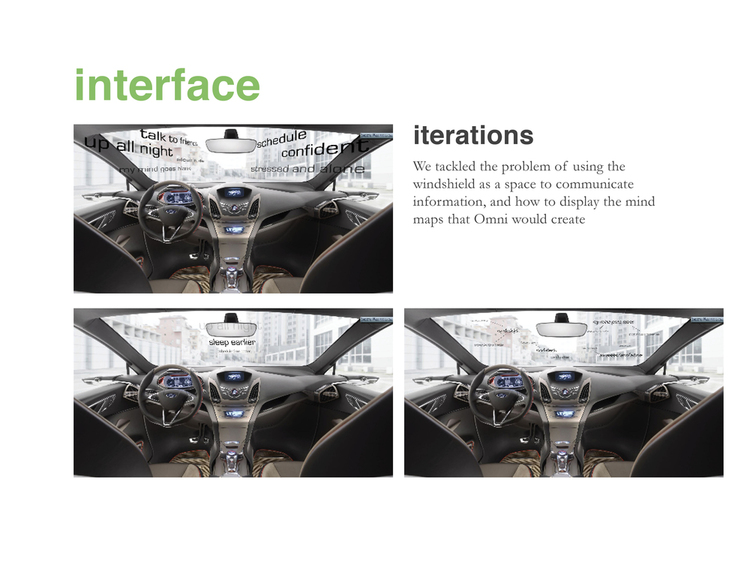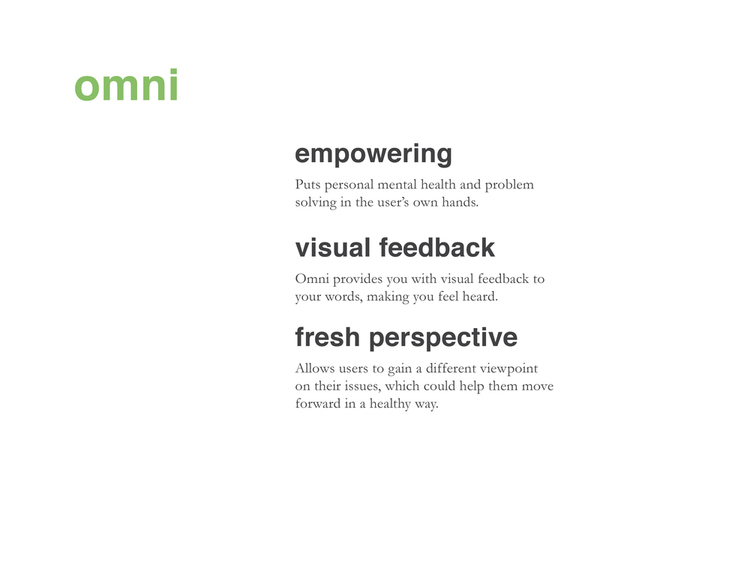The world we live in
It is predicted that by 2050, 70% of the world's population will be living in cities. Even today, people are constantly bombarded with notifications and alerts, unable to find free time disconnected from everything going around us. In the past 30 years, stress levels in America has increased by 30%, and it is predicted to increase even more at the rate at which our mental health is impacted by our surroundings.
Mental Health
Our emotional and behavioral satisfactory levels are based on our mental wellness. Mental health is a socially constructed and defined concept that differs from culture to culture, so it is often difficult to find a "cure". Doctors commonly prescribe several different pills to patients in order to find a happy chemical balance that hopefully improve our mental wellness.
Research and Analysis
In order to better understand what users believed a peaceful environment to be, we created tools so people could draw their ideal environment they could escape to, as well as rank a series of situations they would find least to most relaxing. We also sent out surveys to learn about the different stress habits of people. We then analyzed all the research to find the best possible solution for mental wellness.
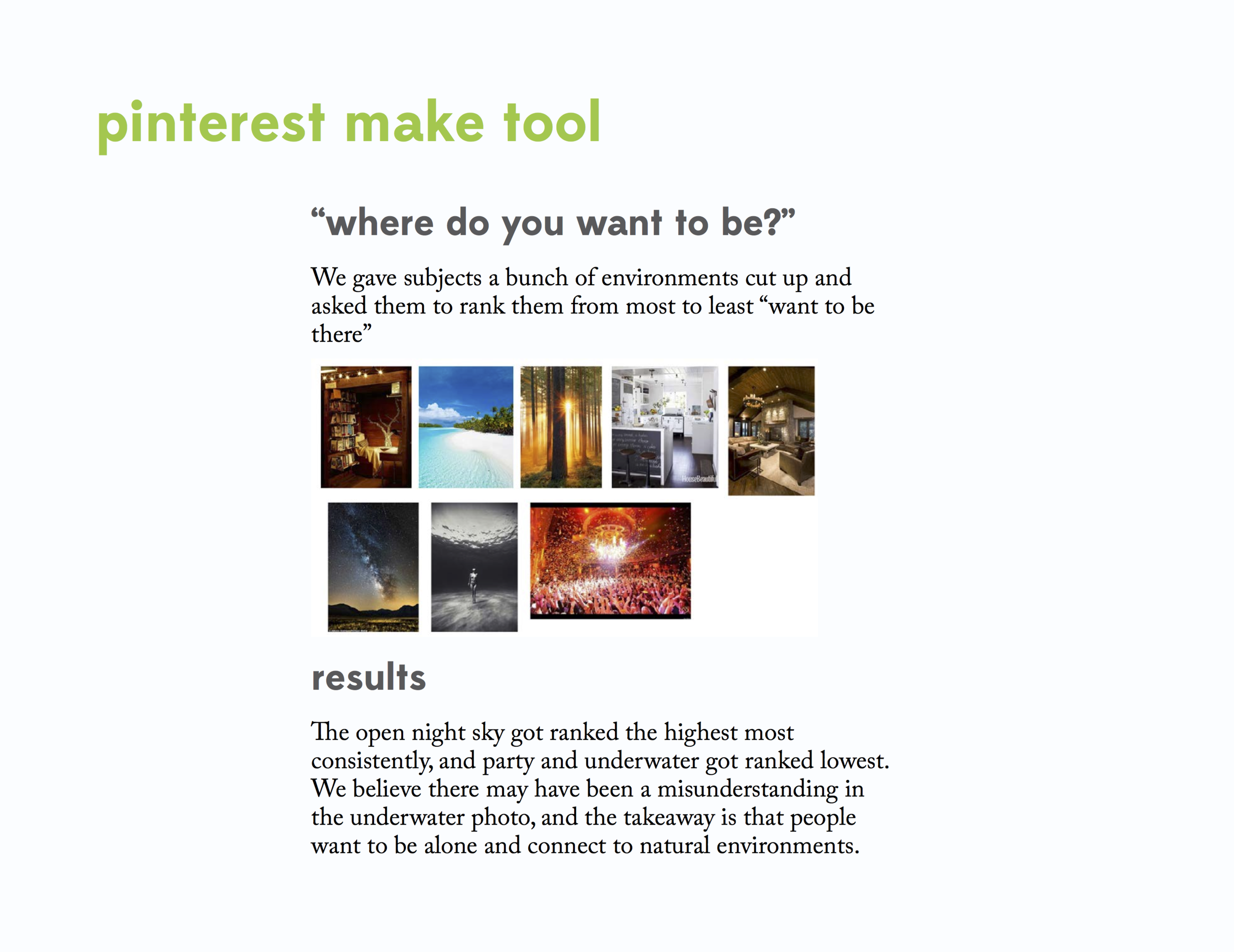
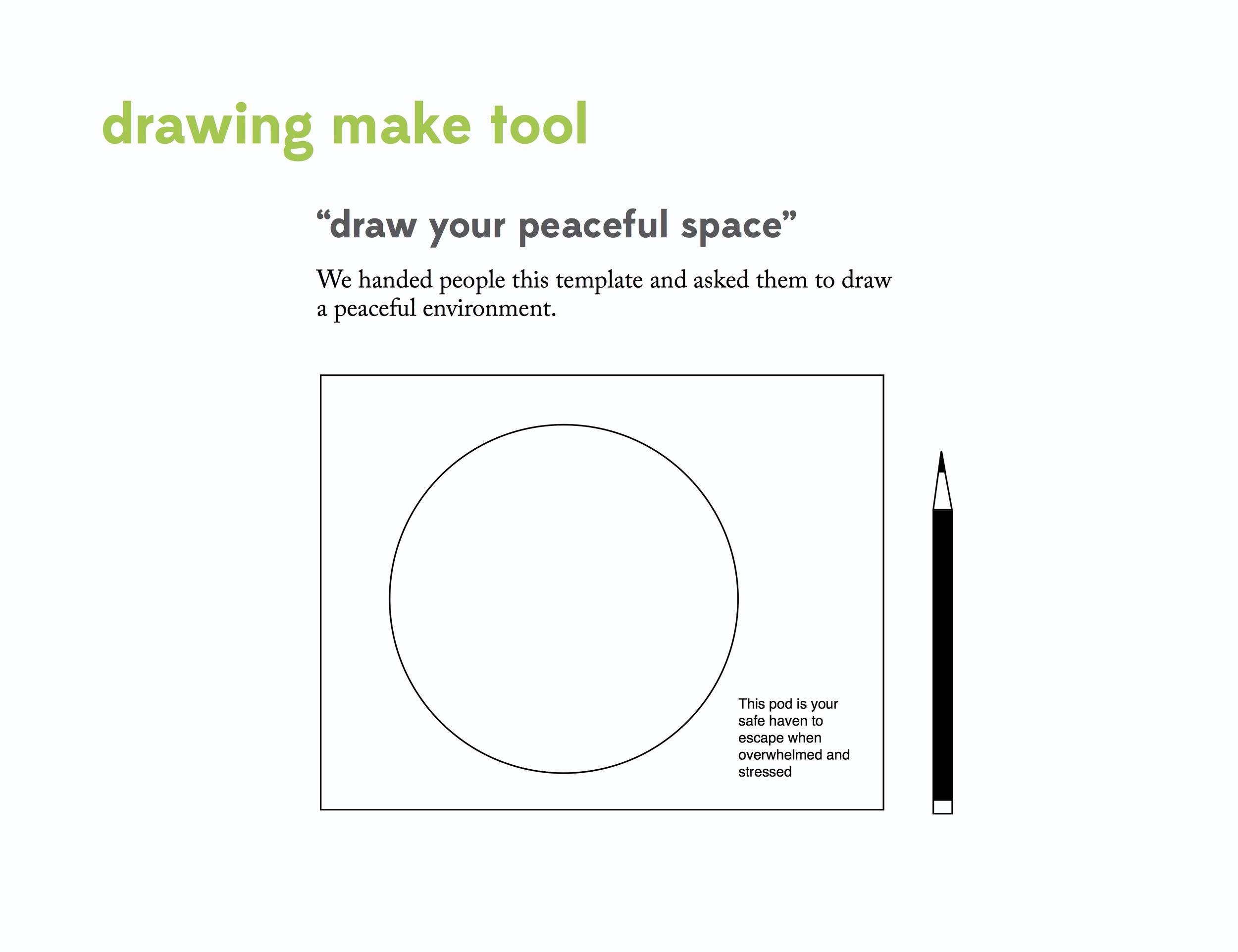
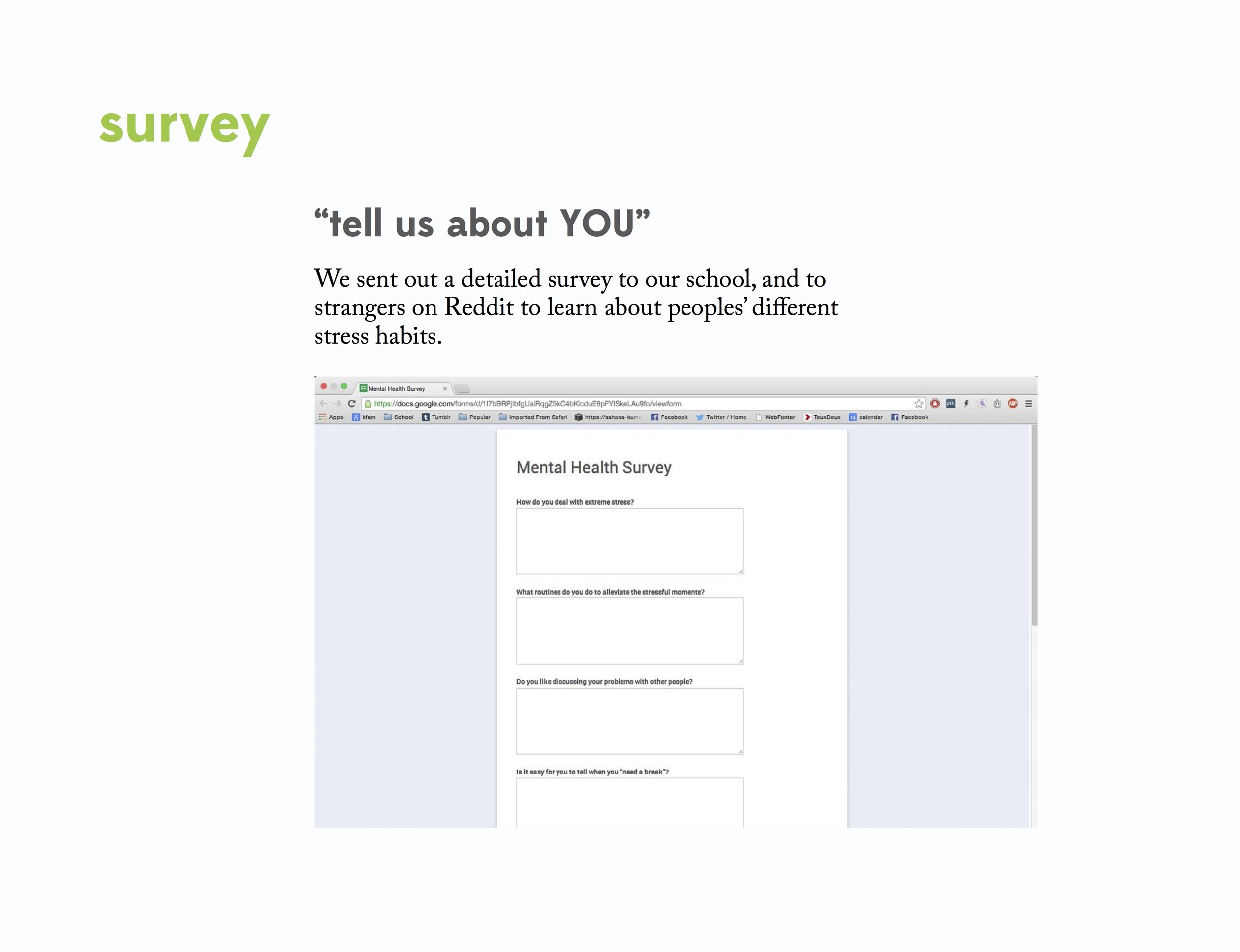
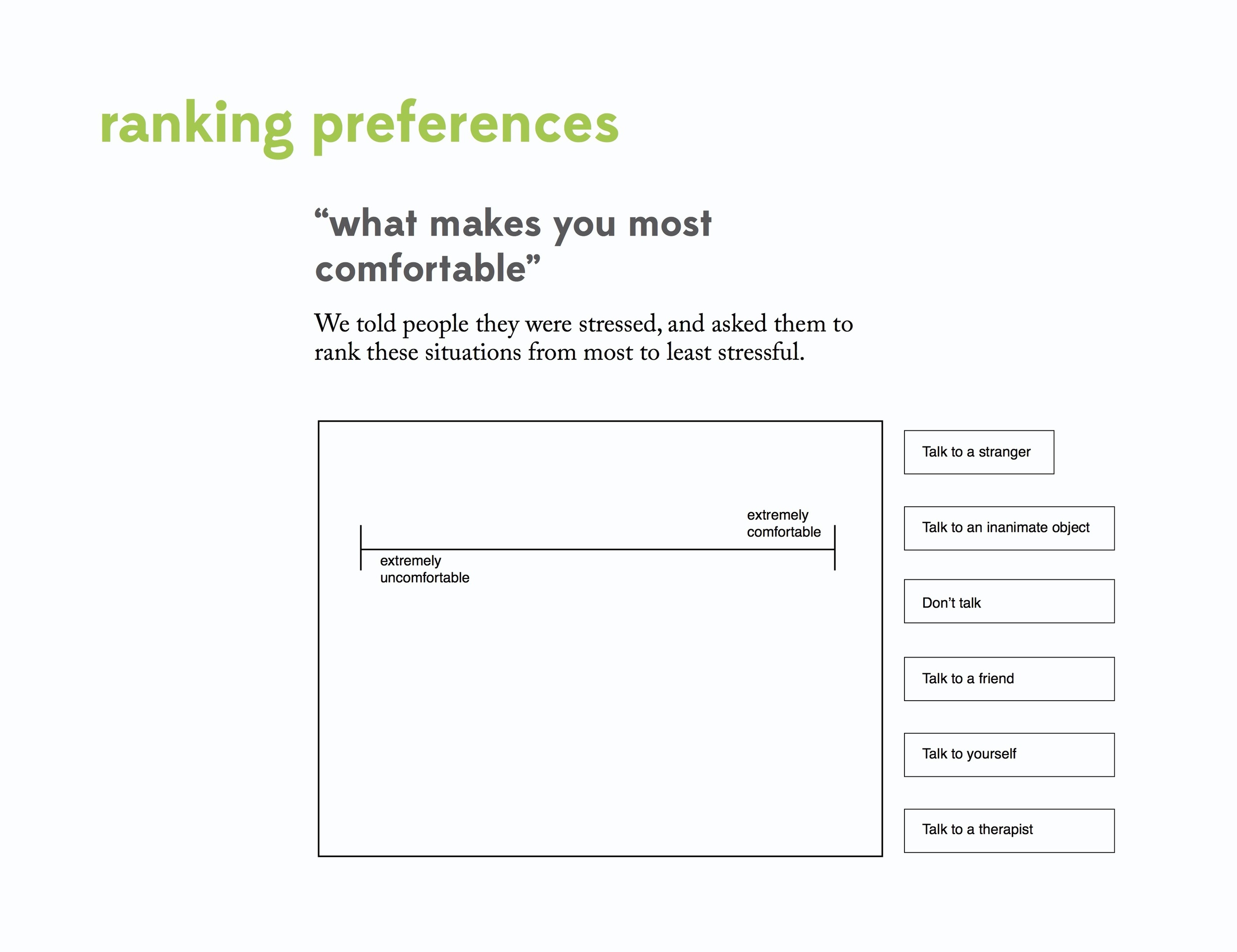
Problem
One method of improving mental health is receiving therapy from a professional; however, this can be costly, a hassle to make time for, and has a stigma. Even though it is a method of improvement, people generally steer away from the option because of the fear of judgement and other notions that may follow with admitting to the need for help.
Thus, mental wellness is often pushed aside from our daily routines and this becomes a problem we only realize after it has gotten too much to handle.
Solution
We developed a solution that could easily be integrated into our daily lives and slowly improve the user's mental health through cognitive therapy sessions during their drive to work. Users can express their thoughts and feelings without judgement and receive immediate visual feedback. With the feedback, the user can be in charge of the session and be able to solve their problems themselves from a fresh perspective.
Product
We created an ergonomic form for omni so that it could be comfortably held and portable. The organic shape fits comfortably in the user's hand, and has a friendly form with rounded edges that suggests comfort. The charging dock for omni resides in the car, fitting in a standard cup-holder. We began the process with low density foam so we could easily alter and modify the form. Several attempts were made until we found the right proportion and form.

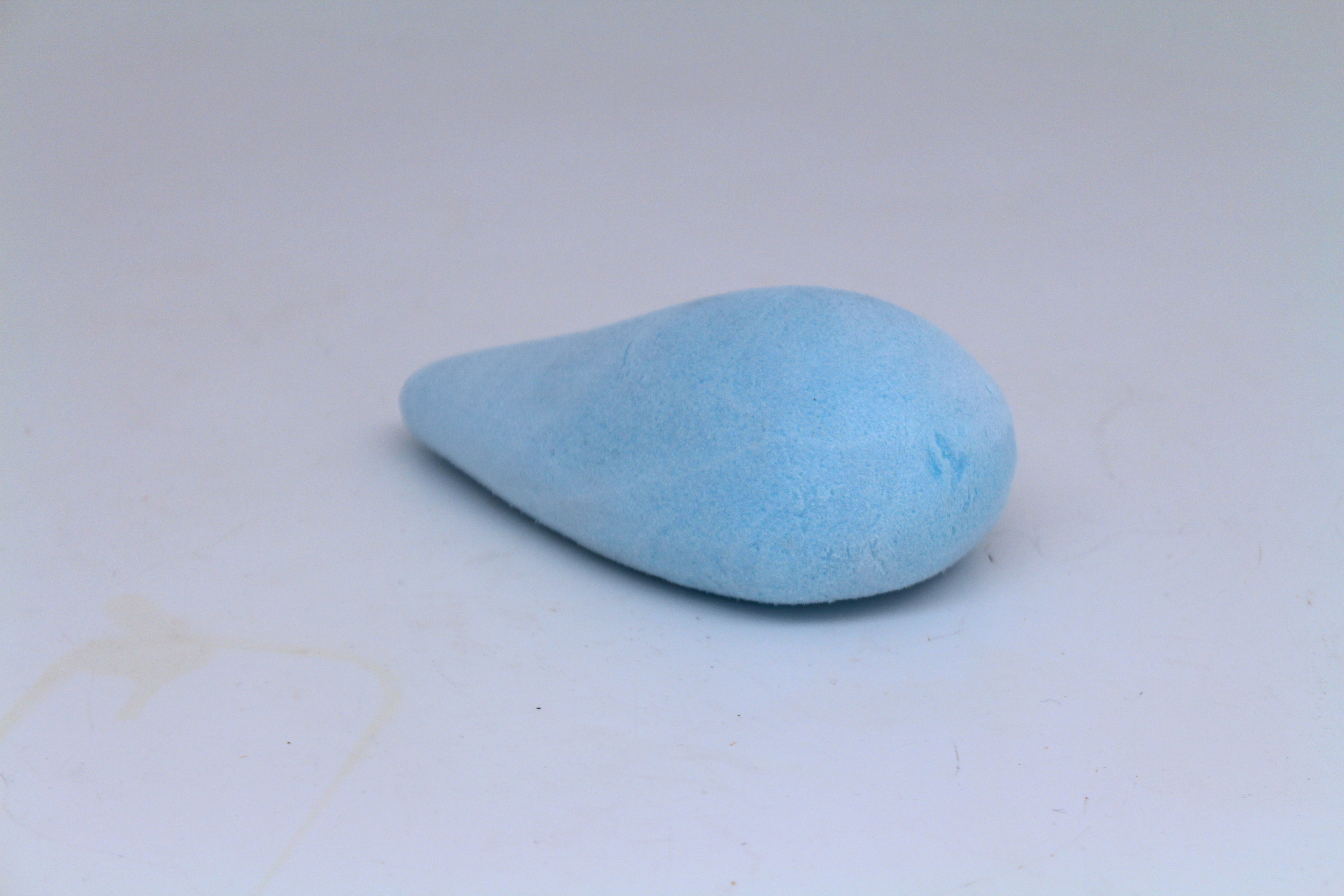
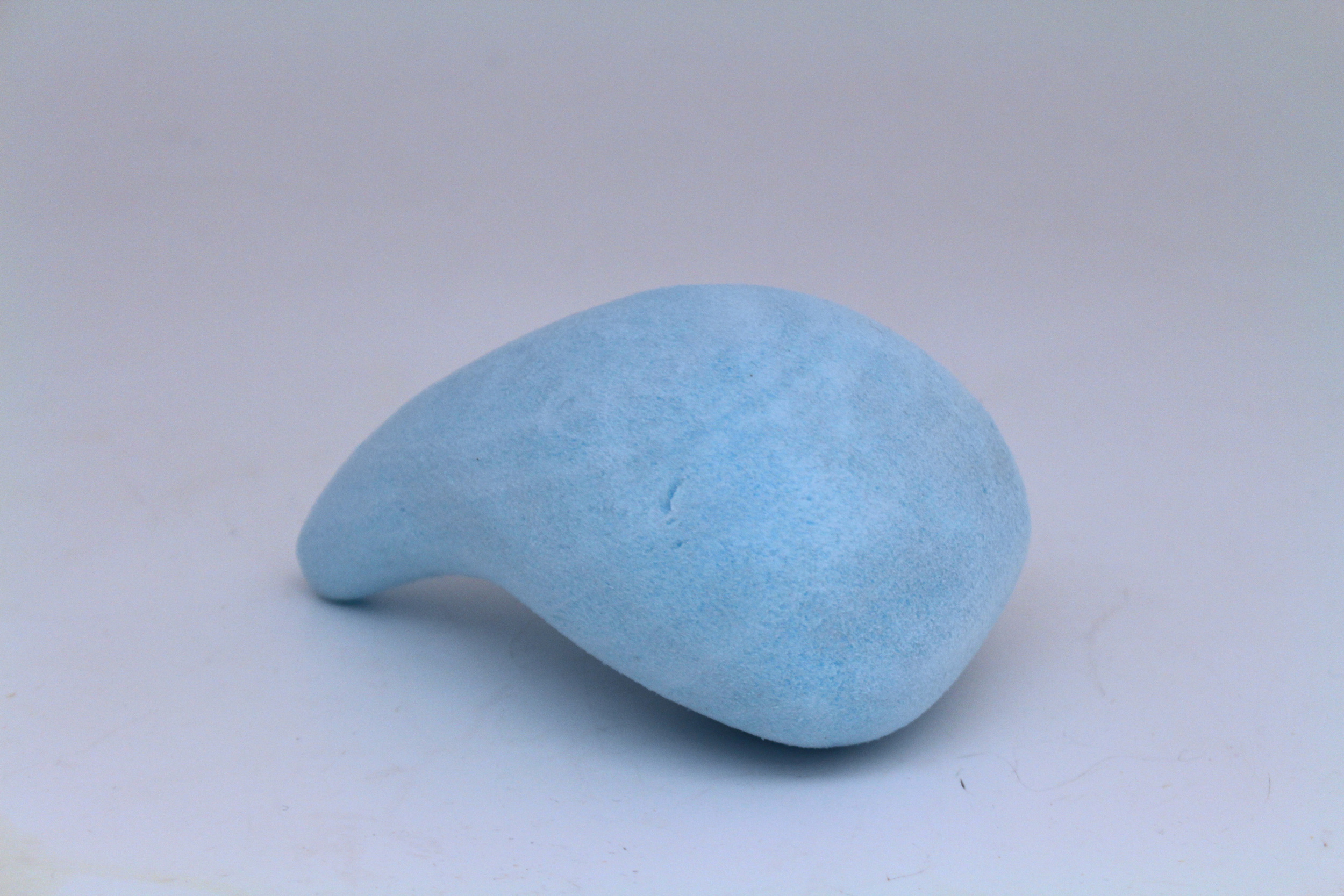
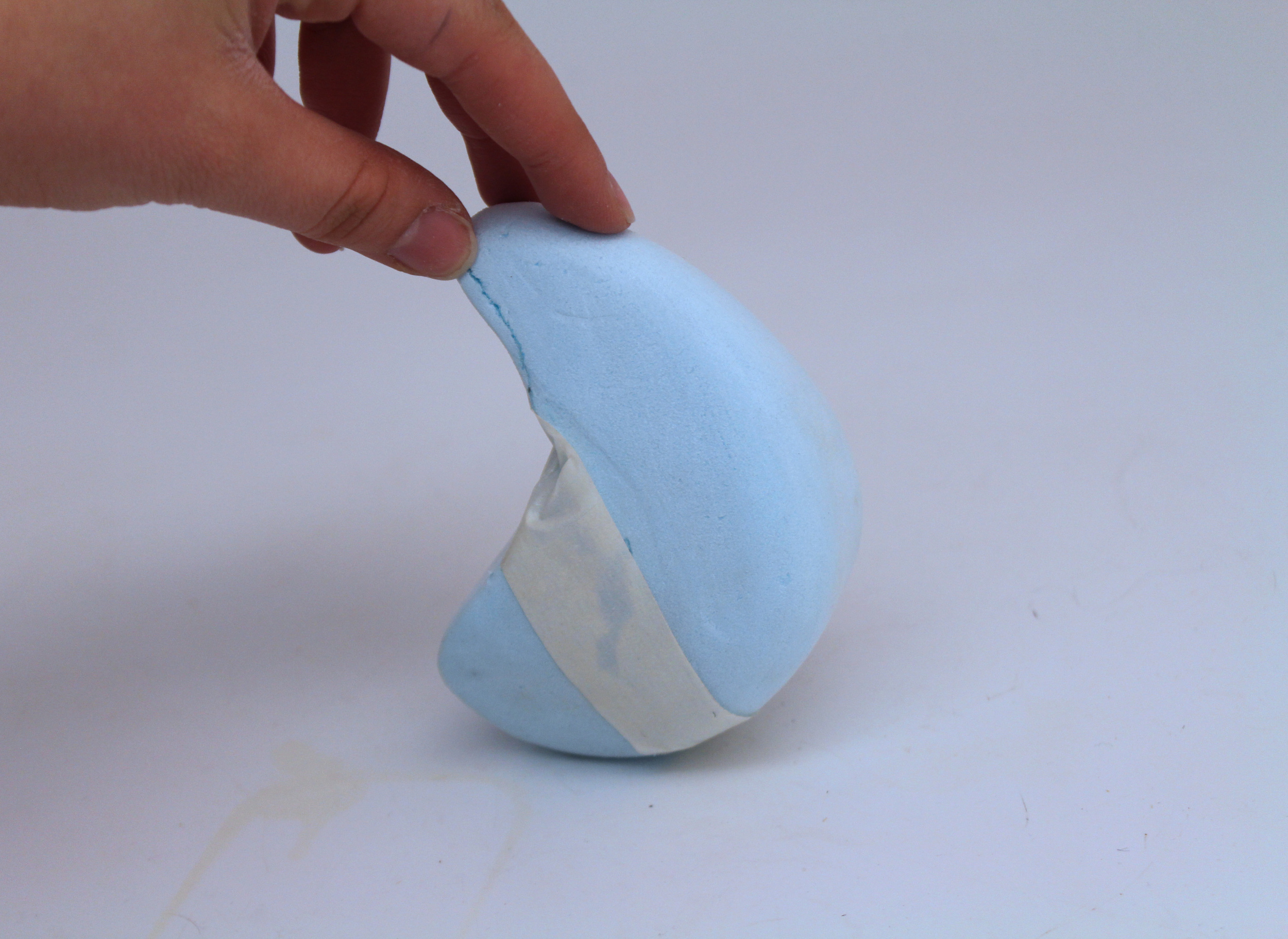
The final product, pictured below, has a smooth finish and clear indication for where to go on the dock. The projection projects from the lens at the nose of omni and the swiping sensor is located at the top, responding to a light stroke to turn on and off. Omni will only project in a steady state with both feet on a flat surface, so accidental turn-on does not occur.

